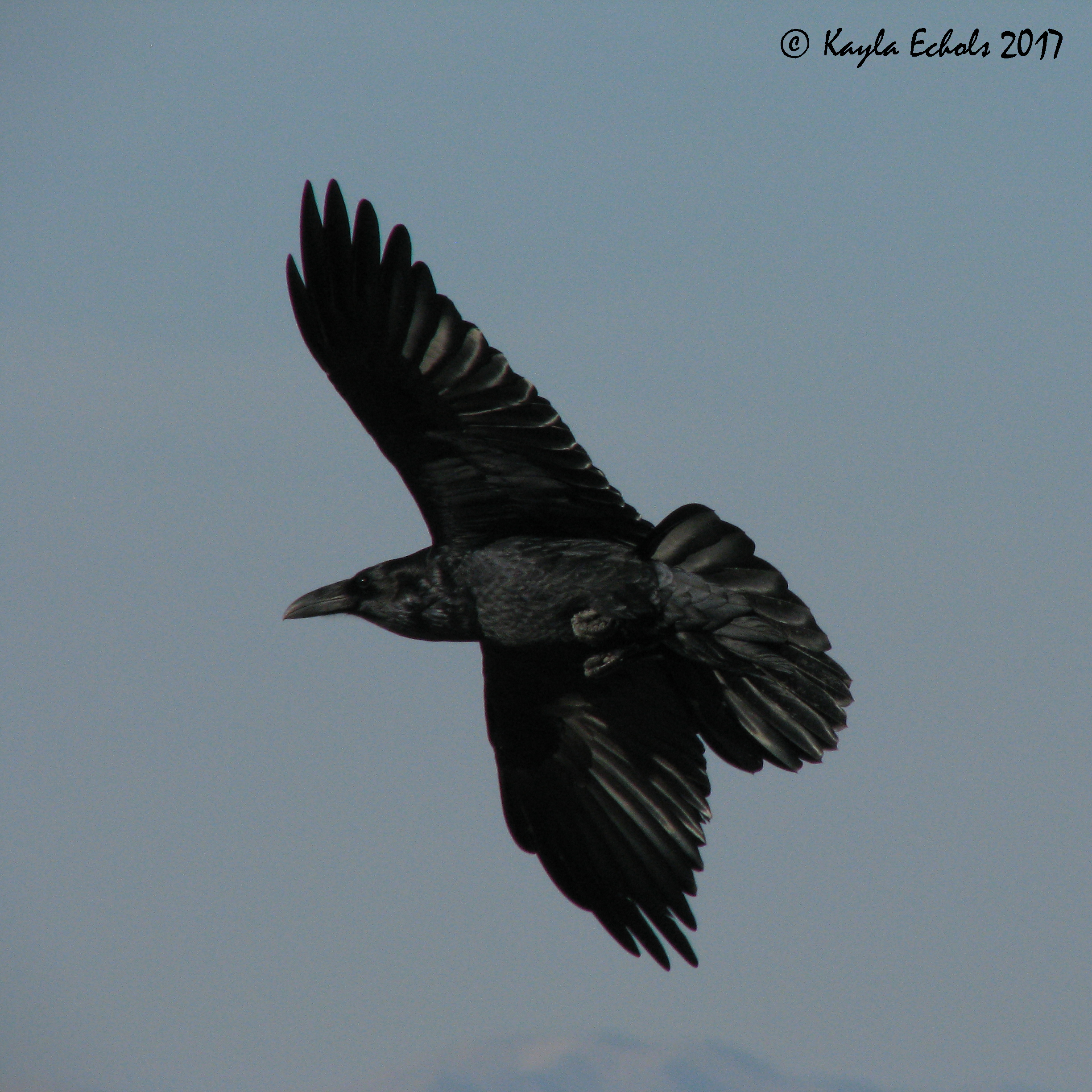Utah County Birders Newsletter
|
 |
Contents
February Meeting
Upcoming Field Trips
Captain's Log
Bird of the Month
Field Trip Report
Thursday, February 8th, 2018 Monte L. Bean
Museum
Birding by Ear. Jim Biser gave a presentation on tricks and tips for learning
bird calls.
FIELD TRIPS:
Saturday, Feb. 10th, 2018: Alta Feeders
The group met at the SW corner of Pioneer Crossing park/ride in American
Fork at 7:30 am. The plan was to get those rosy finches!
Saturday, Feb. 24, 2018: Delta Snow Goose Festival.
Meet at 7;30 am at the NE corner of Payson Walmart. Dress warm and bring a lunch.
It is a sight worth seeing!
We are actively recruiting people to lead local half-day field
trips, any time, any place. If you would like to lead a field trip or if you
have any ideas for this yearís field trips, please contact Suzi Holt at -
suzerqholt@gmail.com
Utah County Birders
Captainís Log: February
2018
by Keeli Marvel
Almost four weeks into our challenge! I donít know about you, but itís driving
me crazy that I have to work and that I canít just go chase all these rarities
weíve got right now. Checking in Ė how are you guys doing on species/points? I
think Iím at 87 species and 125 points for the year so far. Not a bad start. I
missed the Blue Jay yesterday, but thatís what I get for not going to see it
first thing in the morning. I finally saw the Northern Parula last Friday.
Sounds like itís still around, too, even after the snowstorm last weekend. Itís
a good time to get out and see some birds!
This month Iíll finish up with the last day of our epic TX birding trip.
Our last day in TX was a free day and the RGVB Festival was over, so we came up
with a game plan of places we wanted to visit or revisit before we had to go
home. We started our morning off at Santa Ana Wildlife Refuge. Santa Ana is
right on the Mexican/US border and is a beautiful place full of miles of birding
trails, canopy towers, and pristine forested habitat along the Rio Grande River.
It has been the source of some controversy as of late because our current
administration wants to impact the refuge in a huge way by constructing a border
wall right through it, which would be a shame given the 400+ bird species and
endangered cat species such as the ocelot and jaguarundi that would be impacted
by the construction of a border wall. Weíre hopeful it can be preserved, but it
was high on our list of places to see in case thereís a future where it no
longer exists.
Santa Ana has both a trail and shuttle system to get you around the refuge, and
we chose to strike out on the trails. Word of warning if you do go Ė it had been
raining on and off all week and the mud was epic and piled up on our boots fast,
making us feel like we were walking on mud stilts, which also made for some
mildly entertaining mud flinging. We hiked out toward the Rio Grande, hoping for
a Hook-billed Kite which is occasionally seen there, and picked up great looks
at Harrisí Hawks, Altamira Orioles, an Olive Sparrow (which are notoriously
skulky this time of year), Great Kiskadees, Long-billed Thrasher, Plain
Chachalacas, Inca Doves, and several other species weíd seen earlier in the
week. As we approached the farthest reaches of the refuge it started to rain
lightly. Soon the light rain turned into a steady rain and we were soaked
through. At that point we were probably a mile out from the visitor center, so
there was nothing we could do but make the long wet slog back. We stopped and
climbed an observation tower, but couldnít see much through the rain. It was
still a fun visit, but had the weather cooperated we might have been able to
find a few of our other target species such as the Hook-billed Kite and a
Rose-throated Becard that had been reported days previous.
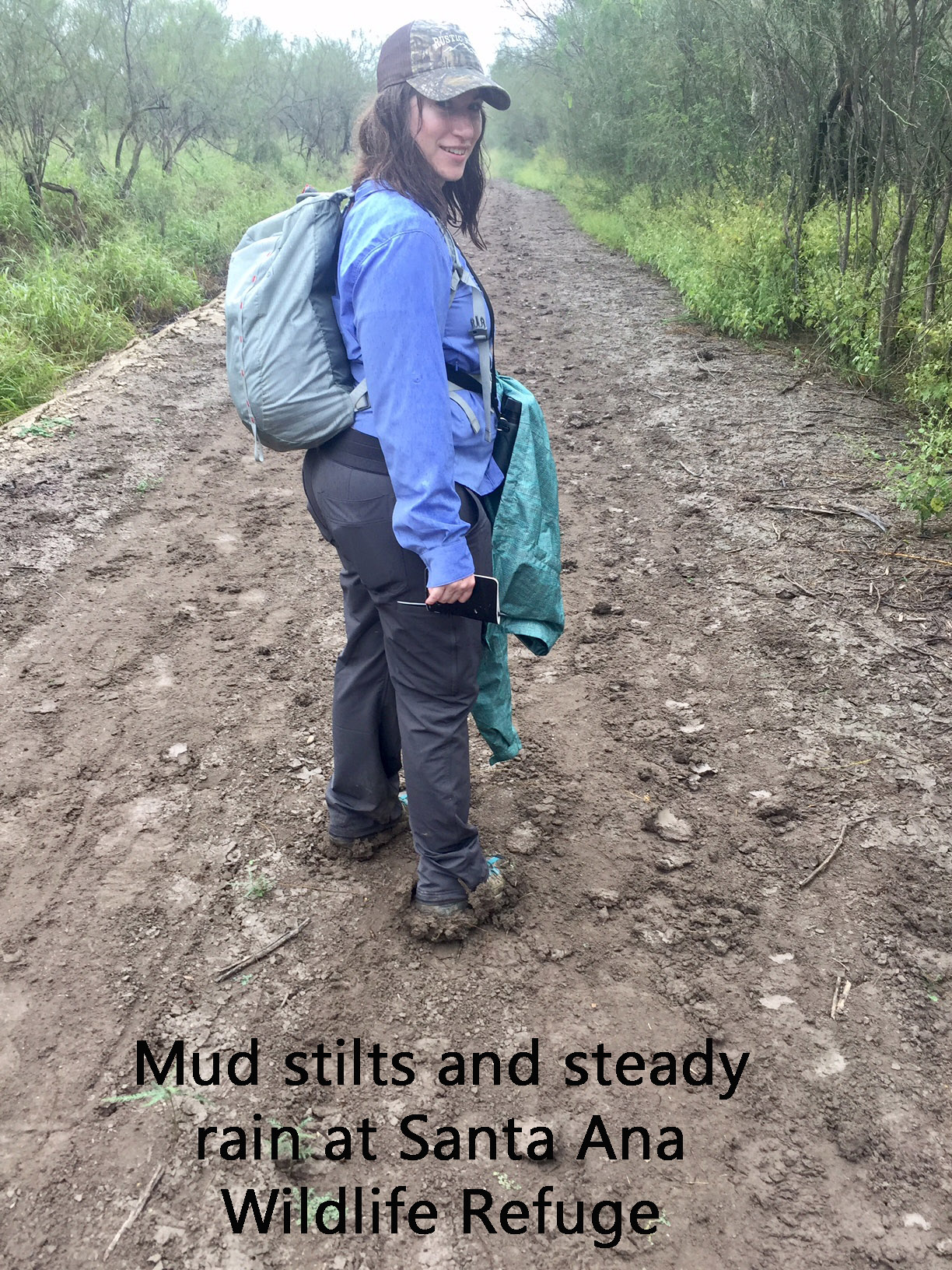
After our soggy morning, we headed back to the hotel to dry out, changed into
beach gear, and drove out for the second half of our day on South Padre Island
and the coast. Our first stop was back at the Aplomado Falcon spot at the Laguna
Atacosa parking area along Highway 100. The falcons werenít on their nest
platform, but we set up the scope and soon located one perched on a wind turbine
guy wire a looooong ways out. Another perched bird turned out to be a
White-tailed Hawk and as we were checking it out, Sam spotted another Aplomado
Falcon diving in to buzz it. This spot was also a good place to pick up Eastern
and Western Meadowlarks.
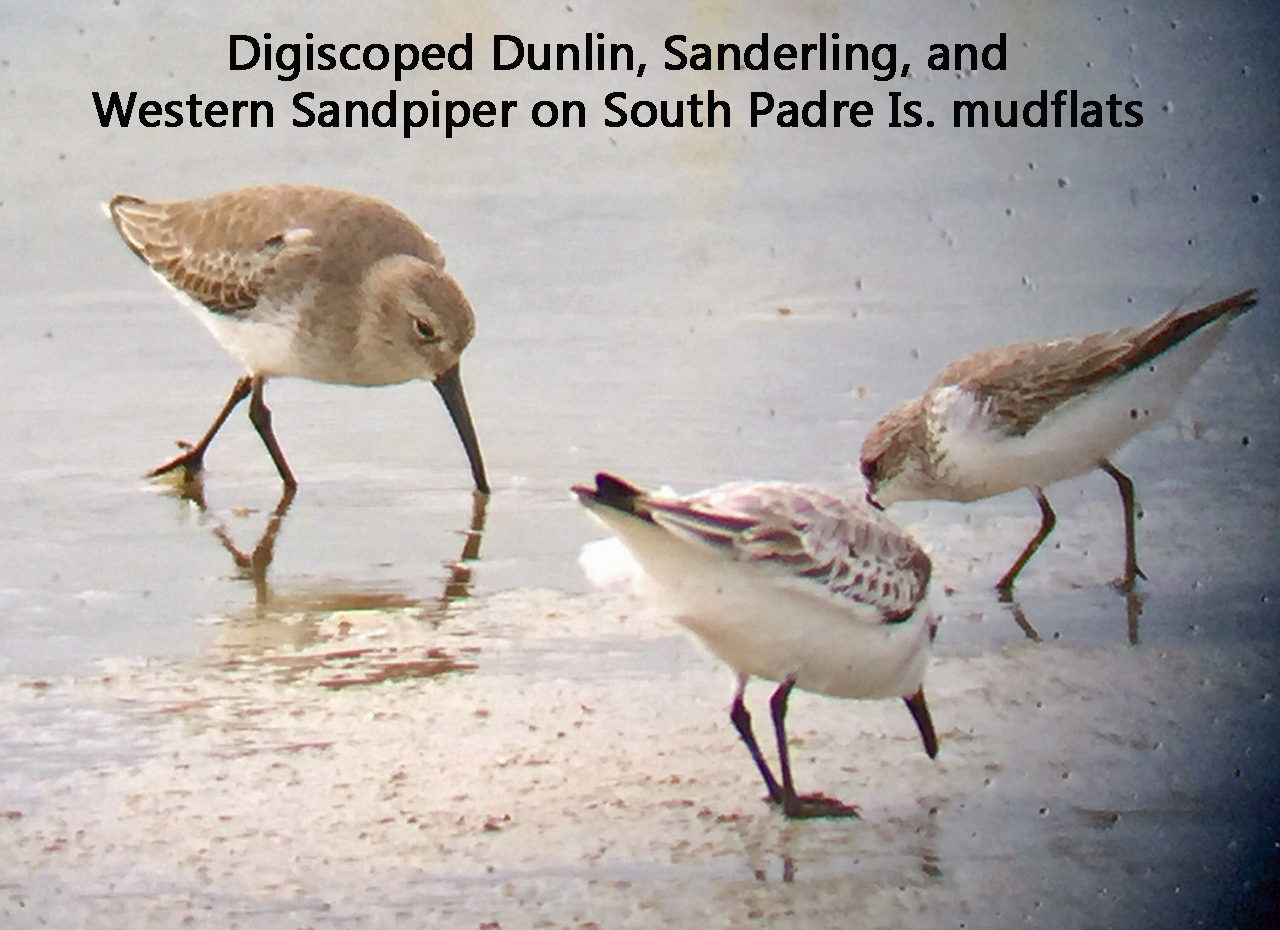
From there, we jetted out to South Padre, and back to the Convention Center for
some quality time checking out the mud flats and the water feature and trees
around the Convention Center. On the mud flats just north of the Convention
Center we saw more Piping Plover (still one of the cutest endangered species),
Royal Terns, Black Skimmers, Semi-palmated Plover, Black-bellied Plover, Dunlin,
Marbled Godwit, Ruddy Turnstone, Reddish Egret, and Tricolored Herons fishing
along the shoreline in the shallows, and a few other species. At the Convention
Center we picked up several species of warblers, including a confusing Magnolia
Warbler that had us paging through our field guides and scratching our heads. We
also Tennessee, Orange-crowned, Nashville, Yellow-rumped, and a Wilsonís
Warbler, and a flashy male American Redstart who kept flaring out his tail for
us to admire. A Dickcissel also had us scratching our head for a minute and me
running through some of the weirder sparrows until Sam figured it out.
Long-billed Thrasher, White-eyed Vireo, and Golden-fronted Woodpeckers were also
present at the convention center.
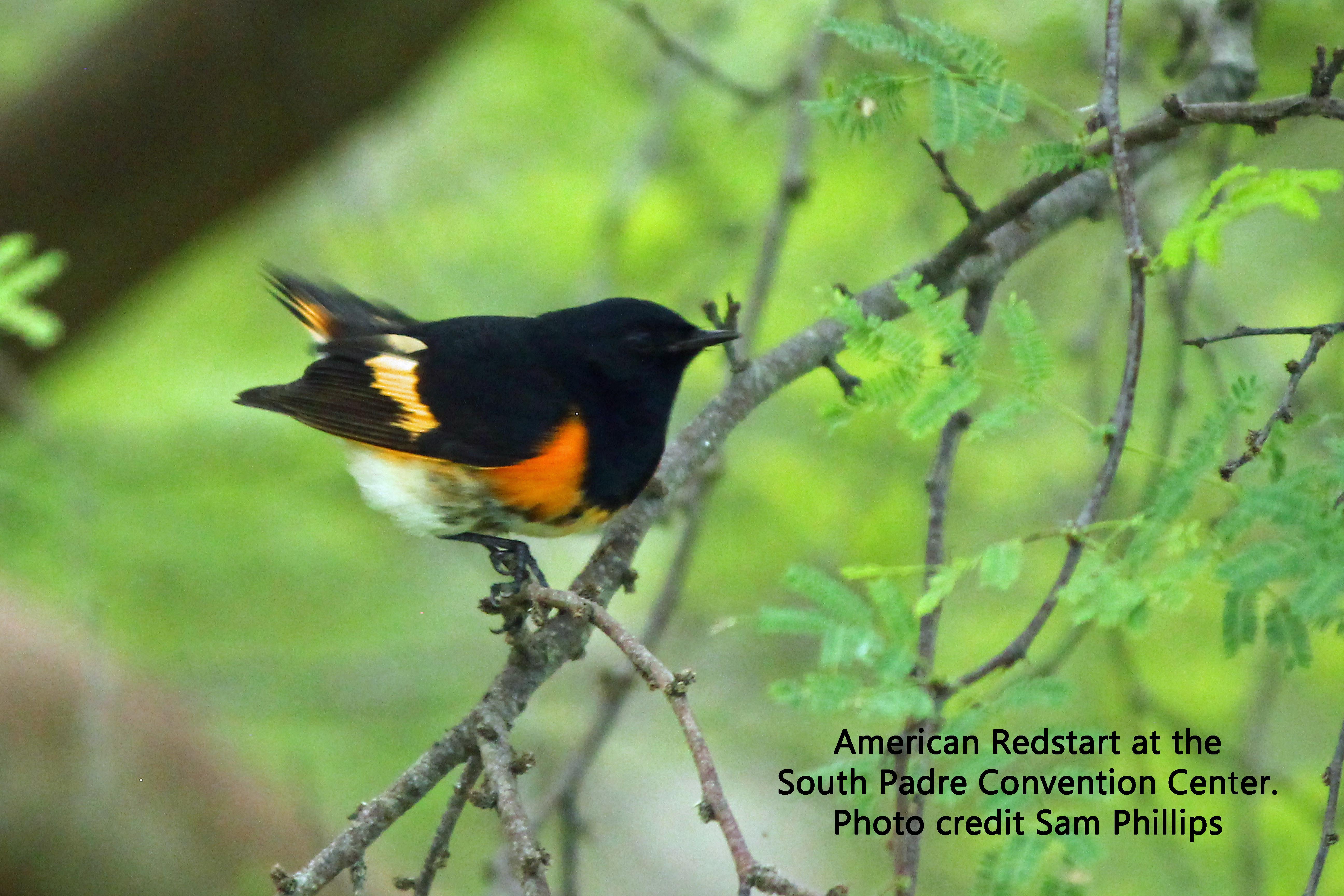
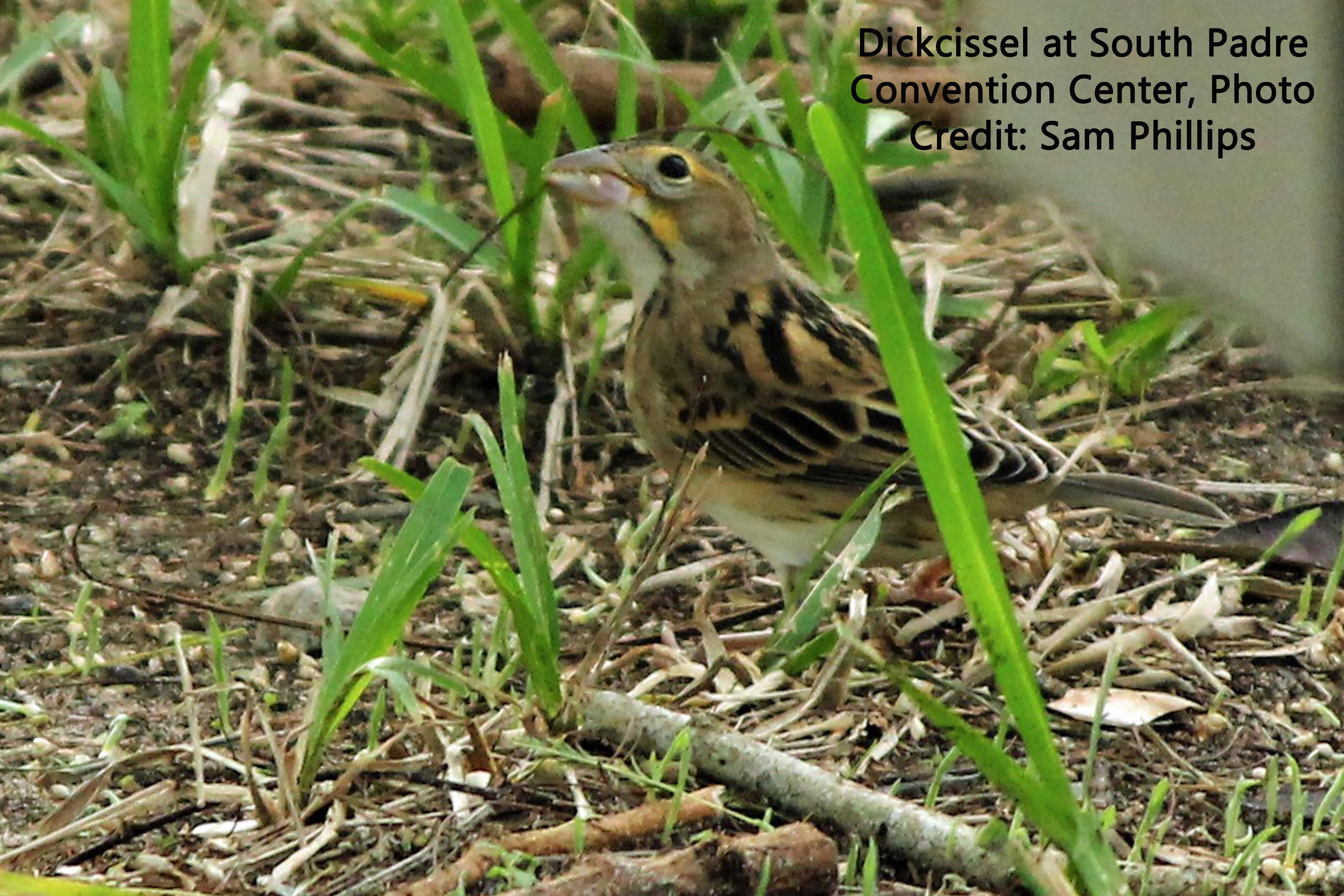
Our last stop for the day was more for pleasure than birding, but we finished
off the day with a walk on the beach at the state park, Isla Blanca, at the
southernmost end of South Padre. There were dolphins frolicking in Dolphin Cove,
and Sanderlings, Laughing Gulls, and Brown Pelicans along the shoreline. We
waded along the breakers, mimicking the sanderlings and running from the waves
as the sun set over the dunes, and considered ourselves lucky for the
experience. That night we celebrated the end of a fantastic trip with some
quality Mexican food and packed up for our trip home. It seemed like Texas was
sending us home in style as our drive back to San Antonio was full of Harrisís
Hawks and Scissor-tailed Flycatchers.
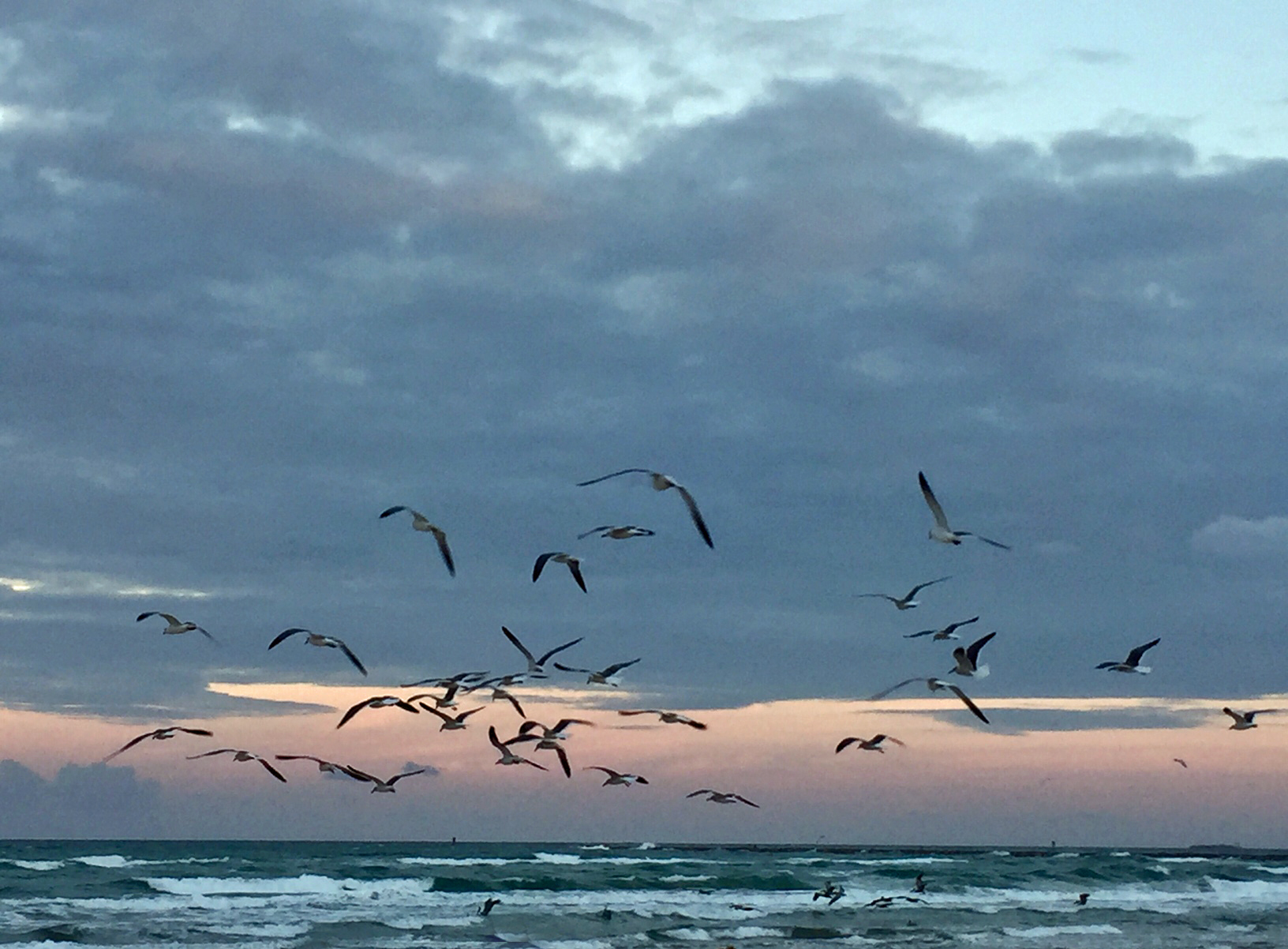
That completes my trip report for South Texas. Tune in next month where I reveal
whether or not I get a lifer Snowy Owl (the suspense is killing me!).
Happy Birding!
|
|
|
Photo by Kayla Echols |
Common Raven
Corvus corax
By Kayla Echols
For most people, the first thing that comes to mind when they hear the word
ďravenĒ is the famous poem by Edgar Allan Poe. Itís an excellent thing to read
if you want to give yourself chills on a dark and stormy night. Because letís be
honest, who wouldnít be a little creeped out if a huge all-black bird flew in
your bedroom window in the middle of the night and then kept croaking
ďNevermore!Ē at you?
But how do you know if that big black bird is a raven or a crow? For one thing,
Common Ravens are surprisingly largeóabout the same length, head to tail, as a
Turkey Vulture, with a wingspan of roughly 4 and a half feet. And itís not just
the overall bird thatís huge; so is its bill. One of my favorite sayings is ďA
crow is a bird that has a beak, but a raven is a beak that has a bird.Ē The
voice can be a dead giveaway too. Compared to the harsh caw of a crow, a ravenís
call sounds more croaky and froglike.
Ravens belong to the taxonomic family Corvidae, a group of birds that also
includes jays, crows, magpies, and the Clarkís Nutcracker. Corvids as a group
are the geniuses of the bird world; they have been known to use and make tools,
learn by example, and solve complex problems. Crows and ravens can even
recognize and remember the faces of individual people, and will hold grudges
against people who have harassed or attacked them in the past. Corvids are also
skilled mimics, and ravens raised in captivity often learn to mimic human words.
I bet a raven who said ďNevermore!Ē would be a big hit at Halloween parties!
One very reliable place Iíve found for seeing ravens is Antelope Island State
Park. I donít think Iíve ever made a trip there without seeing or hearing at
least one. During one visit in October 2017, I was treated to the sight of a
pair of ravens playing with each other along the side of the causeway to the
island. They kept hopping and flapping around each other, like they were
sparring or play-fighting. They didnít seem to mind that I was pointing a camera
at them, but they took flight in earnest when a car zoomed by, and I managed to
get one good photo as they lifted off.
Personally I think itís a bit insulting that we call them ďCommonĒ Ravens; there
is nothing ordinary or ďcommonĒ about these stately, intelligent birds, and Iím
struck with awe every time I see one. What a wonderful thing it is to live in
Utah, where there is so much of the wide-open space and mountainous forest that
ravens love! My desire to leave this beautiful place can be summed up in one
word: Nevermore!
References: The Sibley Field Guide to Birds of Western North America,
www.allaboutbirds.org
If you would like to
write an article for the Bird of the Month, please contact Machelle -
machelle13johnson@yahoo.com
Click here for past 'Birds of the Month'.
Salem Pond and Surrounding Areas, Jan. 20, 2018,
by Suzi Holt
I woke up at 7am and checked the weather outside. We had 2 inches of snow
and it was way windy so I postponed the field trip to noon.
I decided around 9 to brave the snow and met Kayla at the cemetery. We found the
Barn Owl, then the Screech Owl, they were both covered in snow.
From there we went to Salem Pond.The Bald Eagle and the Snipe hunt was in the
bag! We saw 2 Wilson's Snipe!
At that point I returned to the cemetery. The weather had calmed a bit and the
roads were better so I decided to plan the trip for noon for anyone who wanted
to join. The weather took a turn for the worst again but Machellle, Amanda and
Julianna braved the roads. Kristin was on her way but the storm turned her
around.
Salem Pond was a blizzard! We relocated the Eagle and the snipe!
We went back to the cemetery. Snow was still falling. Met up with Billy Fenimore
and Dan Sachse. The Screech had retreated inside his hole :-( for us but :-) for
him, the Saw Whet blob ended up being a Barn Owl (long story), there were
actually 2 Barn Owls! Dan found the Yellow-bellied sapsucker!
A few of us went back to Salem Pond. We saw a American Crow, a few Red-tailed
Hawks and a Merlin, plus the previous mentioned species.
Billy, Dan and I cruised around Salem and Spanish Fork and then headed for home!
Brrrrrr!
Printable Version of this UCB Newsletter
